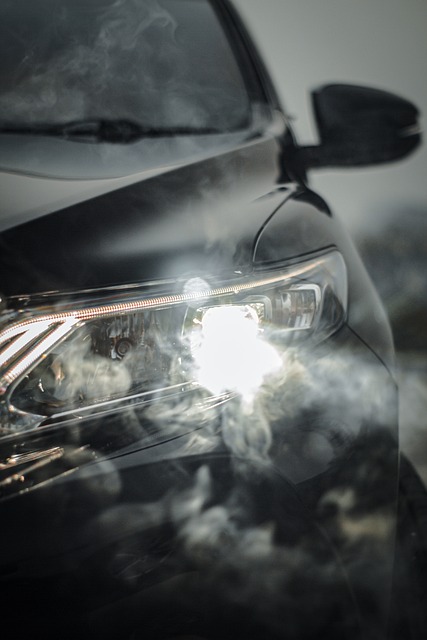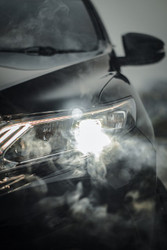The Beginner's Guide to Fog Lights
17th Mar 2023

It's no secret that dense fog can restrict your visibility while driving. According to the Federal Highway Administration (FHWA), fog is attributed to over 38,700 automobile accidents each year. Consisting of condensed, airborne water vapor, it forms a thick cloud that lingers in the air while simultaneously restricting visibility. While you can't prevent fog from forming, though, you can reduce your risk of an accident by using your vehicle's fog lights.
What Are Fog Lights?
Fog lights are exactly what they sound like: lights that are designed to increase visibility in fog. When turned on, they'll cut through the fog so that you see farther and more clearly. They are available in different lighting technologies. Some fog lights use halogen bulbs, whereas others use light-emitting diode (LED) bulbs. Regardless, all fog lights are designed to help drivers see in foggy weather conditions.
Fog Lights vs Headlights
Many people assume that fog lights are the same as headlights, but this isn't the same. They are both found at the front of a typical vehicle. Nonetheless, the specific placement of them varies. Headlights are near the center of a vehicle's front bumper. Fog lights, in comparison, are found either below the headlights or on the outer sides of the headlights (meaning fog lights are wider than headlights).
Headlights project illumination over a longer distance than fog lights. You can use them to illuminate long stretches of road while driving at night. Fog lights, in comparison, project illumination over a shorter distance.
When to Use Fog Lights
You should use fog lights only when driving in foggy weather conditions. The problem with using your vehicle's regular headlights is that they may create a blinding glare. As previously mentioned, fog is airborne moisture. Using your vehicle's regular headlights may create a glare by striking these airborne moisture particles.
Fog lights don't suffer from the same glare effects as regular headlights. They will cut through the fog so that you see the road and what's in front of you.
Keep in mind that fog lights aren't a substitution for regular headlights when driving at night. As long as there's little or no fog present, you should use your vehicle's regular headlights when driving at night. Regular headlights are designed to beam for a longer distance.
In Conclusion
Most vehicles today feature several types of lights, including regular headlights, high beams and fog lights. Fog lights are designed for use in foggy weather conditions. If there's fog blanketing the road, you can use them to increase your visibility and lower your risk of an accident.

